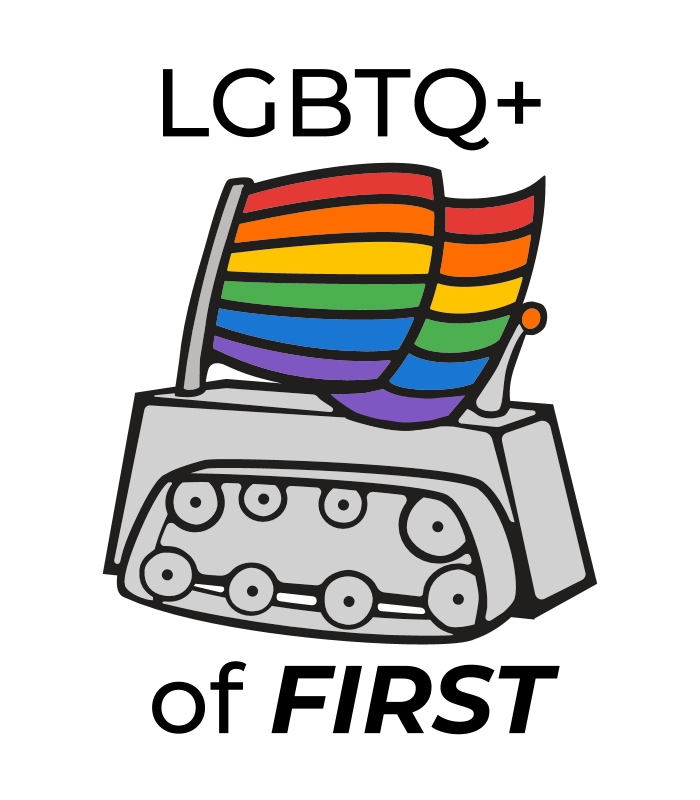|
As we’ve all learned by being in robotics, being a part of FIRST means being a part of a greater community. Joining a team means joining a family of skilled people whom you will learn to cherish over the build and competition seasons. Going to just one competition, volunteering at just one outreach event, or mentoring just one team can introduce you to many opportunities to meet new people. However, this raises the question, how do you define your community? Are you part of a team, a region, a nation, or FIRST itself? How does your exposure to certain people affect certain things like diversity? What types of communities have the greatest, or at least the greatest potential, effect on those things, and is it for the better or the worse? These questions have many answers, but I believe one answer, however simple, may be the most interesting one: the differences between a school supported team and an independent one.
It’s not an often thought about comparison, but it is nonetheless an interesting one to think about. It would seem to be reasonable to assume that there would be differences in how you meet people: school team members are already going to school with one another and likely already know each other, whereas independent team members could be complete strangers to one another. However, it’s difficult to draw conclusions about something as broad as two massive groups of FIRST. There are plenty of other reasonable illations you could draw from the subject, like how FIRST in schools will actually bring together some students who wouldn’t have met had they not been in robotics. This isn’t to say any side has its own advantage in diversity; in fact this is quite the contrary, but both kinds of teams are diverse in their own way. On the one hand, school FIRST teams have the opportunity to bring together students who will create bonds in the months ahead of them. This allows people to widen their exposure to people to create a diverse environment. On the other hand, independent teams comprised of different schools have the opportunity to bring people from multiple different environments together. This other way of bringing people together also allows for people from different environments to become a part of the FIRST community, so it would be wrong to disparage that by comparing the diversity efforts of different types teams. Through writing this, I’ve had to think a lot about how different experiences in FIRST can affect its overall diversity. While I may have introduced this as a comparison, upon further reasoning, anywhere I go that is FIRST related, whether it be an offseason or regional event, a large or small team, or a school or independent team, I can safely say that FIRST has created a diverse environment for its members. There may be differences in how you create that environment, but FIRST has a history of bringing people together no matter the community. School teams and independent teams are just one comparison in how people define their FIRST community and how they each have their own methods for creating diverse environments, so I can certainly say the conversation about how teams achieve diversity is far from over. Diversity is something that has to be consistently worked towards, but from looking at how different teams achieve it, we can learn what it means to be part of the FIRST community. |
About LGBTQ+ of FIRST
LGBTQ+ of FIRST is a student run organization that advocates awareness and acceptance of LGBTQ+ students, mentors, and volunteers of FIRST Robotics. LGBTQ+ of FIRST reaches out to over 1000 members across the FIRST regions and fronts multiple outreach endeavors. Archives
June 2024
Categories
All
|


 RSS Feed
RSS Feed
